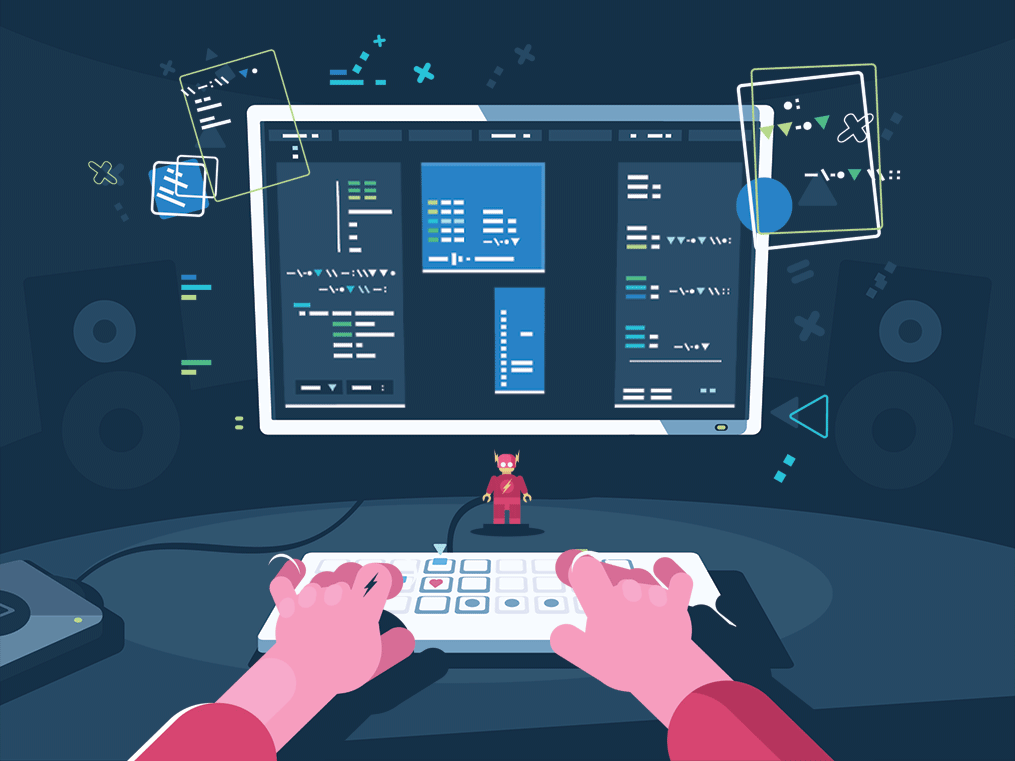How does code integrity work?
Code integrity in software development encompasses the entire software development life cycle (SDLC) from inception to shipping to the end user and maintenance after deployment. This means a code integrity check should be performed at every step of the SDLC to ensure optimal security and code quality. Code integrity works through a combination of practices, technologies, and methodologies to preserve the original, secure, and correct state of code from inception to development to deployment and execution. In this article, let’s explore how code integrity works during different stages of the SDLC.
Inception Phase
When a software project is conceptualized, especially using the design thinking methodology, blueprints for maintaining code integrity and metrics for code integrity checks should be brainstormed. This ensures that the development teams have a security design in mind even before the computer to write the code on is purchased. This is because the first few codes the developers write end up being the backbone of the entire software project.
Development Phase
During development, code integrity dictates that secure coding practices should be employed. In this phase, developers follow secure coding standards and guidelines, which help write safe and reliable code, minimizing vulnerabilities and bugs. All changes to the code should be tracked using version control systems like Git. This allows developers to manage code modifications and maintain a history of code changes with the ability to roll back when code changes introduce bugs and other vulnerabilities.
Peer reviews and automated review tools are necessary at this stage and beyond to scrutinize code for adherence to standards and to identify potential vulnerabilities or errors. Implement the principle of least privileges such that only the necessary team members have access to specific codebase sections.
Testing Phase
Software testing, especially comprehensive Unit Testing and Integration testing, is used for code checking to verify that the software is working as expected. In this part of the software life cycle, code integrity metrics like code coverage work by allowing developers to have visibility on what code has not been tested, enabling them to plan for complete testing.
Automated testing tools are used in this stage to validate the code’s functionality and identify defects early in the development cycle. Static and dynamic testing methods are employed to scan the code without executing it and during runtime to determine if there are any errors and vulnerabilities in the code base. Furthermore, fuzz testing methods are applied where random amounts of heavy load data are used to check for software crashes, vulnerabilities, and other regression errors created by changes in the codebase.
Deployment Phase
During this phase, secure continuous integration and deployment(CI/CD) pipelines are implemented with built-in tests and checks to ensure the code changes meet integrity and security standards before being used in the deployment environments. To safeguard these stages, the code is digitally signed to verify its origin and ensure it has not been altered since it was last signed when it was submitted to the deployment environment. Any changes are tracked through hash values and checksums to identify potential risks when the values do not match up.
During Usage
Once a software package is put in production, code integrity does not stop there but follows through to the devices used to safeguard against threats like privacy leaks and ransomware attacks. Runtime application self-protection measures are employed where software in use monitors and blocks malicious activities in real time. For example, operating systems periodically check for their checksums to ensure the code has not been maliciously altered. Furthermore, access to the source code is restricted, and if the software is open-source, updates are heavily scrutinized for security risks.
Throughout the SDLC, code integrity dictates that monitoring for compliance and security is put at the forefront of all code changes, and periodic code reviews are implemented to detect any issues. A point to remember is that code integrity can be compromised in multiple ways, and thus, implementing a multi-layered approach that incorporates secure development practices, rigorous testing, secure deployment methodologies, runtime protections, and continuous monitoring is crucial.
Conclusion
In conclusion, code integrity works by implementing a series of security practices, technologies, and controls at each stage of the software development lifecycle, from writing secure code to monitoring applications in production environments. These measures are designed to detect and prevent unauthorized or malicious changes, ensuring the software remains secure, reliable, and behaves as intended.

